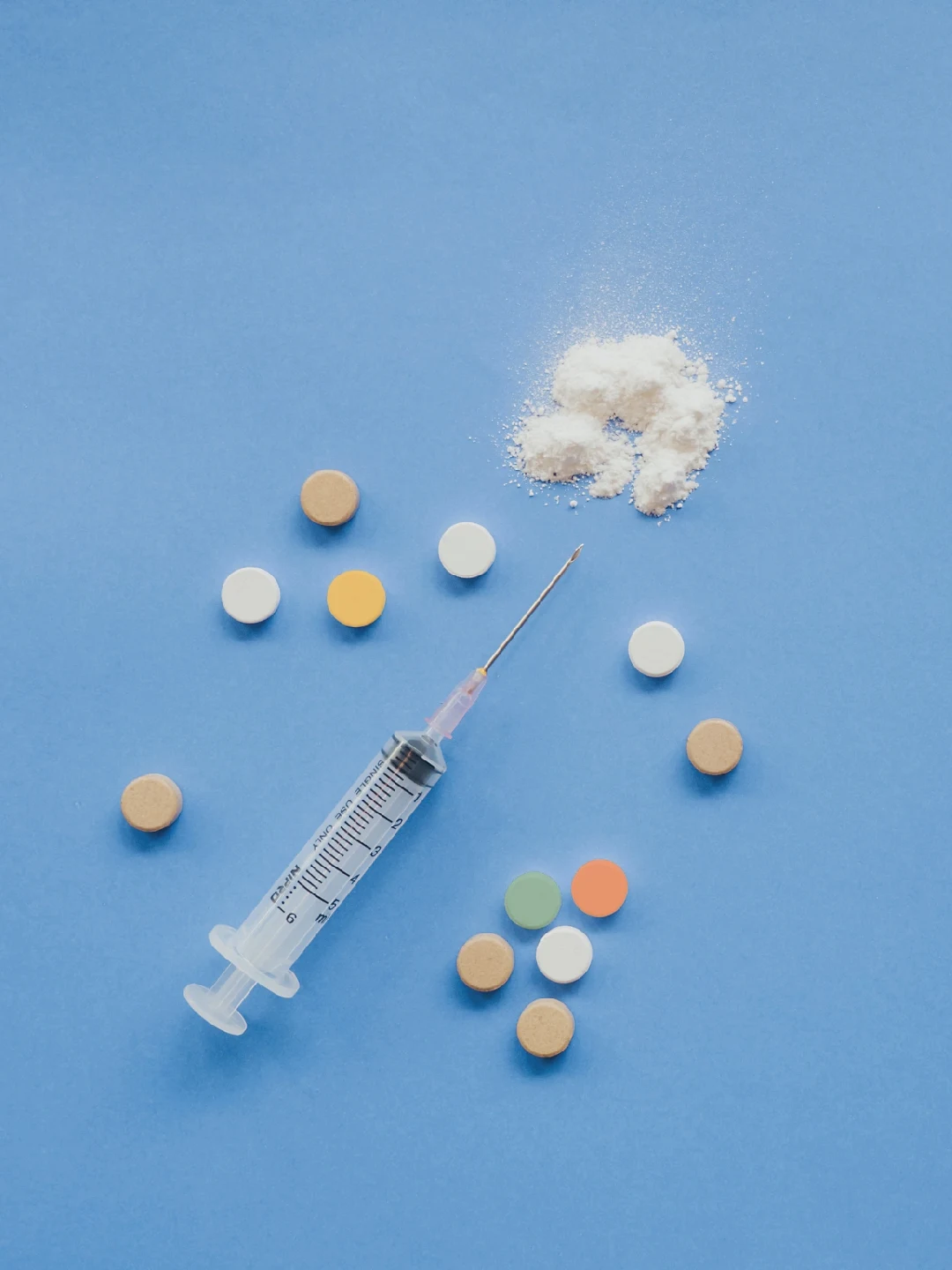Increasing opioid-related deaths in Black communities are associated with health disparities.
From 1999 to 2019, the opioid crisis caused half a million deaths. In contrast, the COVID-19 pandemic has resulted in a tremendous increase, with in more people dying of opioid overdoses last year than ever before. However, the nature of the crisis has altered.
Traditionally, the opioid epidemic has been viewed as predominantly affecting white Americans in rural regions. This was partly purposeful, since pharmaceutical corporations picked these places to avoid the glare of law enforcement agents. Black people were far less likely to be provided opioids for pain management, even when medically needed in emergency situations, which contributed to the greater likelihood of opioid addiction among white Americans. However, recent data from the Centers for Disease Control and Prevention (CDC) indicates that the rapid infiltration of opioids into black communities is accelerating the epidemic's growth.
According to new research, more black Americans are dying from drug overdoses.
The opioid crisis is gradually ensnaring black people, according to a report just released by the CDC. Opioid overdoses increased by 30% in 2020 compared to 2019, resulting in 91,799 deaths. However, the growth was not observed universally. The death rate among African-Americans climbed by 44%, the largest increase of all racial and ethnic groupings, and double that of white Americans.
In 2020, for the first time in the history of the opioid epidemic, the death rate from opioid overdoses was higher among African-Americans than among white Americans, largely due to the increase in illicit fentanyl. |
The death rate from opioids increased by 86% among young blacks between the ages of 15 and 24. In fact, according to my research of the CDC WONDER database, for the first time in the entire two-decade history of the opioid crisis, black Americans had a higher death rate from opioids than white Americans in 2020.
Opioid deaths increase the systemic burden on black communities.
At a time when the COVID-19 pandemic and police brutality are harming black communities disproportionately, the growing opioid epidemic is further wreaking havoc on them. The opioid epidemic is exacerbating existing inequalities in the United States. According to a CDC study, locations with the highest degree of income disparity had double the death rate from opioids among African-Americans compared to those with the lowest degree of income inequality.
What is causing this rise in opioid-related deaths?
Why has opiate abuse among African Americans increased during the pandemic? Fentanyl, an opioid that is significantly more dangerous than others, has overtaken the United States as a result of uncontrolled international exports. A research published by a team in the Journal of the American Medical Association revealed that the epidemic was related to a decline in medical prescriptions for opioids, with sebsequent indicating that this decline was limited to newly prescribed opioids.
This decrease was caused by the closure of clinics and pharmacies, but abruptly discontinuing prescription opioids is harmful. A recent study found that patients who are suddenly taken off opioids have a higher chance of killing themselves because they may turn to illegal opioids like heroin and fentanyl.
Unequal access to addiction treatment exacerbates the issue.
Who really has access to substance abuse treatment is a big contributor to the widening racial gap in opioid abuse. While just 14% of individuals who died from opioid overdoses obtained treatment for substance abuse, only 8% of African-Americans did, the lowest rate of all groups. The pandemic had a devastating impact on treatment programmes for opioid use disorder, resulting in the abrupt shutdown of services that were lifelines for many users.
Changes in policy and improved access to pain treatments could turn the tide.
Simply providing resources for substance abuse and mental health is unlikely to have a significant impact. The highest opioid-related mortality rates among African-Americans were observed in areas with the greatest accessibility to addiction and mental health treatment centres. A comprehensive public health campaign and outreach to Black communities are needed to raise awareness of the dangers of opioid abuse, provide community-based services for harm reduction and addiction treatment, and reduce the stigma associated with opioid abuse and treatment seeking.
One of the originators of the War on Drugs disclosed its racist nature. The last thing we need is to criminalise the use and misuse of these medications, which might put already vulnerable black communities—which are disproportionately impacted by opioids and overzealous law enforcement—at additional risk. In the National Drug Control Strategy announced earlier this year by the Biden administration, eradicating fentanyl from the streets through stricter oversight is a priority, but care must also be taken to protect black Americans who experience suffering or who have been prescribed chronic opioids.
Chronic pain sufferers can obtain significant relief from interdisciplinary, evidence-based pain treatments, and it is crucial that all patients, especially those who are already suffering disproportionately, have access to these therapies. To guarantee that black people have access to adequate pain treatments and are not disproportionately affected by the opioid epidemic, we must ensure that all barriers to treatment are addressed.
